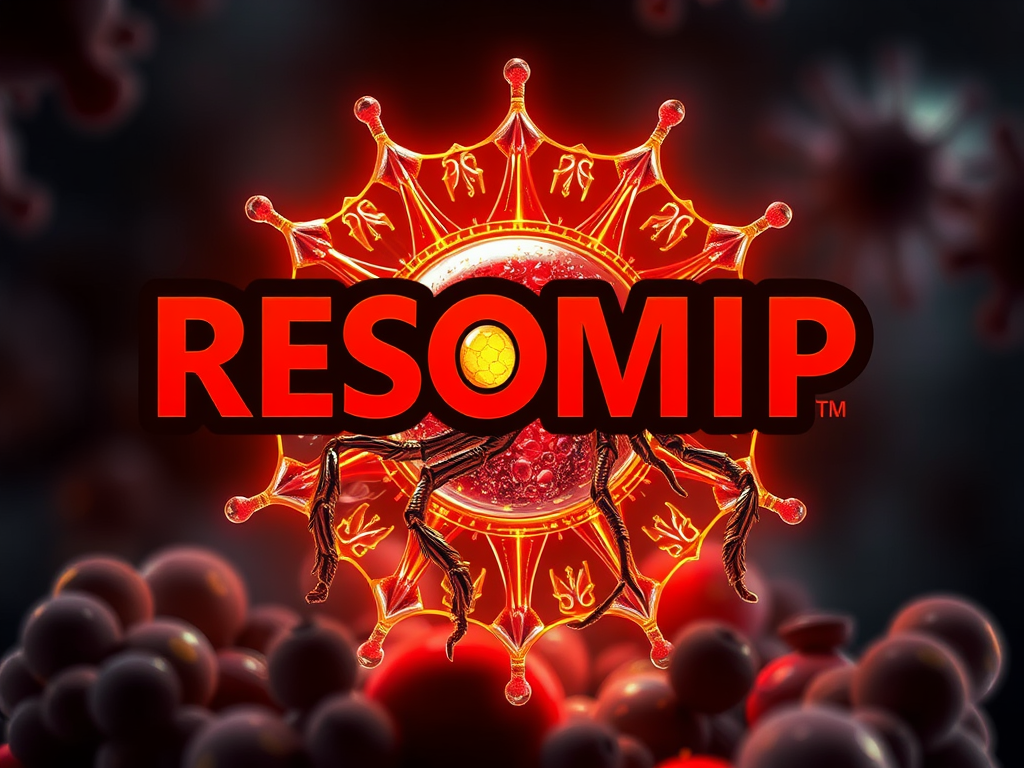Effective product lifecycle management (PLM) plays a pivotal role in strengthening cybersecurity by embedding protection measures throughout each stage of a product’s existence. Integrating security into design, development, and maintenance phases not only reduces vulnerabilities but also builds resilience and trust. Understanding how to address risks early and manage end-of-life securely transforms PLM from a simple process into a robust defense against evolving cyber threats. This approach ensures products remain safe, compliant, and competitive in today’s dynamic technological landscape.
Integrating cybersecurity with product lifecycle management
An essential synergy for modern product development
This might interest you : The impact of technology: revolutionizing everyday life for uk residents
Product lifecycle management (PLM) is no longer just about streamlining design, manufacturing, and delivery; it has become crucial to embed cybersecurity integration throughout every stage. This incorporation ensures that both physical and digital threats are mitigated early and effectively.
PLM security demands vigilance from the initial concept phase through end-of-life disposal. During design and development, vulnerabilities can inadvertently be introduced, such as insecure code or flawed architecture. Early cybersecurity integration mitigates risks like intellectual property theft and system tampering. As the product moves to production and testing, security controls must ensure the integrity of manufacturing processes and firmware updates, protecting against sabotage or counterfeit components.
Have you seen this : What is the significance of data privacy regulations for UK tech firms?
The deployment and use phase also harbors risks including unauthorized access and data breaches. Finally, during disposal or recycling, sensitive data must be securely erased to prevent leakage. Addressing cybersecurity at each lifecycle phase transforms product lifecycle management from a purely operational framework into a robust defense posture.
This comprehensive approach highlights why PLM security is vital—securing not just the product itself but the entire ecosystem it inhabits. Visit the link for more information.
Embedding security best practices across the product lifecycle
Secure product lifecycle demands continuous vigilance
Integrating lifecycle security best practices throughout the secure product lifecycle is essential to safeguarding products from threats at every stage. During the design phase, incorporating security considerations early ensures that vulnerabilities are identified and mitigated before development begins. Applying secure coding standards and threat modeling helps anticipate potential attack vectors.
In the development phase, PLM cybersecurity strategies must emphasize rigorous testing and validation of security features. Automated code analysis and penetration testing bolster confidence that security controls are effective before deployment. Deployment itself requires secure configuration and access controls to prevent unauthorized entry.
Ongoing cybersecurity during maintenance and updates is critical. Regular patching and monitoring help address evolving threats and prevent exploits. Maintaining security also involves updating threat intelligence and adapting response plans.
Finally, managing product end-of-life securely mitigates legacy risks. This includes securely decommissioning hardware or software components and ensuring data is deleted properly to avoid residual vulnerabilities. A comprehensive approach to the secure product lifecycle reduces the attack surface and strengthens overall security posture.
Visit the link for more information.
Benefits of a cybersecurity-focused lifecycle approach
A cybersecurity-focused lifecycle approach delivers significant PLM benefits by embedding security considerations into every stage of product development. This method strengthens product resilience and trust, as challenges are anticipated and addressed proactively. Integrating cybersecurity risk reduction strategies early minimizes the chances of vulnerabilities emerging post-deployment, which is critical to maintaining consumer confidence and regulatory compliance.
By continuously managing risks throughout the product lifecycle, companies can reduce compliance risks linked to stringent security standards. This consistent vigilance ensures that security patches and updates are timely and effective, which sustains the product’s overall integrity. In turn, this lifecycle security value accelerates the speed-to-market. Teams avoid costly rework caused by late-stage security issues, enabling quicker delivery of secure products.
Adopting a cybersecurity-focused lifecycle approach means security is not an afterthought but a foundational aspect. The result is a robust pipeline that balances innovation with protection, safeguarding both business interests and end users. For companies aiming to excel, leveraging this integrated approach is indispensable.
Visit the link for more information.
Common challenges in implementing secure PLM
Understanding the hurdles to a robust product lifecycle management (PLM) security
Implementing secure PLM presents several significant obstacles, with organisational and cultural barriers often being the most formidable. Resistance to change and lack of security awareness within teams can undermine efforts to embed cybersecurity into every phase of the product lifecycle. Without a culture prioritising security, even the best tools and processes face challenges in adoption.
Another key hurdle lies in managing the inherent complexity of multi-vendor and legacy systems. PLM environments often include a diverse mix of software and hardware from various providers, many of which were not designed with modern cybersecurity standards in mind. This complexity complicates consistent security enforcement and increases vulnerability exposure.
Finally, organisations must continuously balance cost, speed, and security requirements. Accelerating product development timelines can pressure teams to deprioritise strict security measures. Conversely, investing heavily in security solutions can strain budgets. Finding the optimal balance that safeguards the product lifecycle without sacrificing performance or inflating costs is a persistent challenge.
These combined PLM implementation challenges necessitate strategic planning and robust governance frameworks to successfully uphold product security across its entire lifecycle. Visit the link for more information.
Case studies: Effective cybersecurity in structured PLM
Understanding PLM case studies reveals how cybersecurity best practices integrate into product lifecycle management to protect data and systems effectively. Real-world lifecycle examples demonstrate proactive measures such as secure-by-design principles, which embed security at every stage of development. This approach anticipates vulnerabilities early, minimizing risks before products reach the market.
One crucial practice in cybersecurity best practices involves managing software updates throughout the product’s active phase. Timely and secure update mechanisms prevent exploits by addressing newly discovered threats, ensuring connected systems remain resilient. These real-world lifecycle examples highlight the importance of continuous monitoring and patching as part of a structured PLM process.
End-of-life strategies represent another vital area within PLM case studies. Proper planning for the decommissioning phase avoids legacy vulnerabilities in critical infrastructure by securely retiring products and systems. This includes data sanitization and disabling access points, safeguarding against unauthorized use after operational life ends. Employing these cybersecurity best practices in every lifecycle phase enhances the overall security posture of connected ecosystems.
Visit the link for more information.
Actionable guidelines for strengthening cybersecurity with PLM
Incorporating strategic steps for robust protection
Implementing effective PLM security guidelines begins with establishing a cross-functional security team. This team should comprise experts from development, operations, and security domains, ensuring diverse perspectives drive lifecycle security improvements. Such integration enables early identification and mitigation of vulnerabilities throughout the product lifecycle, enhancing resilience against cyber threats.
A pivotal component in strengthening cybersecurity is adopting recognized cybersecurity frameworks and standards. These frameworks provide structured approaches to risk assessment, compliance, and control implementation within PLM environments. Aligning processes with these industry standards not only improves security posture but also facilitates regulatory compliance and stakeholder confidence.
Further, continuous monitoring and improvement of security measures are essential. Utilizing automated tools and analytics, organizations can detect anomalies, respond promptly to incidents, and evolve security practices based on emerging threats. This dynamic cycle supports sustained protection and adaptability, crucial for complex PLM systems that intersect with multiple technologies.
By focusing on these actionable steps—cross-functional collaboration, adherence to cybersecurity frameworks, and proactive monitoring—organizations can significantly enhance the security of their product lifecycle management processes. Visit the link for more information.






